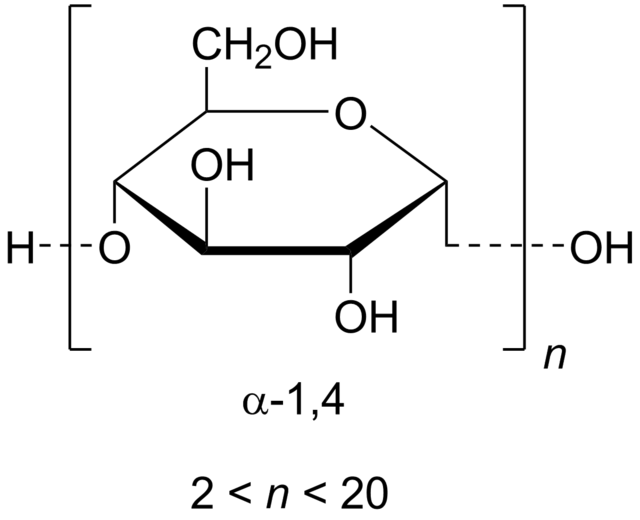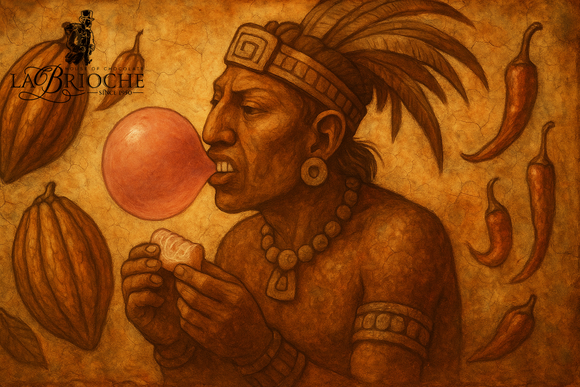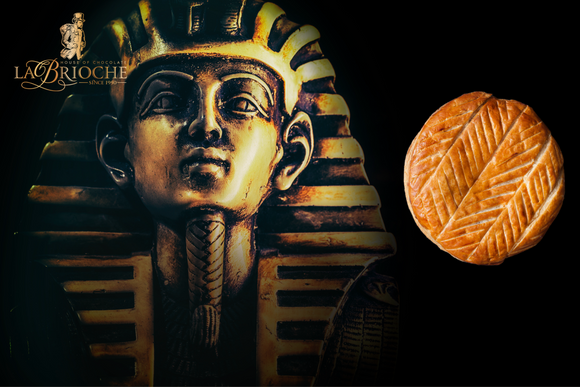
Maltodextrin
Omar Adnan Jabri
What is maltodextrin?
Maltodextrin is a white powder made from corn, rice, potato starch, or wheat. Even though it comes from plants, it’s highly processed. To make it, first the starches are cooked, and then acids or enzymes such as heat-stable bacterial alpha-amylase are added to break it down further. The resulting white powder is water-soluble and has a neutral taste. Maltodextrins are closely related to corn syrup solids, with the one difference being their sugar content. Both undergo hydrolysis, a chemical process involving the addition of water to further assist breakdown. However, after hydrolysis, corn syrup solids are at least 20 percent sugar, while maltodextrin is less than 20 percent sugar Maltodextrins are synthesized from chemical treatment (hydrolysis) of carbohydrates or sugars. The source carbohydrate may be corn, maize, wheat, rice, or tapioca. Maltodextrin does not taste sweet. Maltodextrin is used as a thickening or filling agent in puddings, custards, gelatins, sauces, and salad dressings. Because it doesn’t have much sweetness, it can be used with artificial sweeteners in canned fruits, desserts, and powdered drinks to increase its sweetness. They can also be used as preservatives to maximize the shelf life of the processed foods. During the processing of maltodextrin, all proteins are removed, including gluten, but there may still be traces of gluten in products containing maltodextrin. This can be dangerous for people suffering some celiac disease or a gluten intolerance.
Genetically modified foods may cause toxic effects on body systems
According to research published in Critical Reviews in Food Science and Nutrition, genetically modified foods have shown that they may toxically affect several bodily organs and systems, including the pancreatic, renal, reproductive and immunologic parameters. (8) Because corn maltodextrin is made by processing corn with enzymes and the United States Department of Agriculture found that 85 percent of corn planted in the U. S. is genetically modified to be tolerant to herbicides, it’s most likely that the maltodextrin you eat is a genetically modified food.
Maltodextrin: What is it?
Maltodextrin is a highly processed type of carbohydrate. It is mostly present in the packaged food extracted from natural sources, such as corn, rice, potato, wheat, and some other plants. Starches from these foods undergo a complex chemical process that involves cooking the starch at a very high temperature and mixing it with chemicals until they're broken down into a neutral-tasting powder. It is artificially produced and can be found in several different foods, such as artificial sweeteners, baked goods, yogurt, beer, nutrition bars, weight-training supplements, cereals, meal-replacement shakes, low-fat and reduced-calorie products, condiments, sauces, spice mixes, salad dressings, chips, pie fillings, and snack foods To minimize the effects of maltodextrin, it may be combined with some fiber or protein that will help in slow digestion. People may need to avoid processed foods with additives, because of their impact on the body especially those who have difficulty digesting sugars from plants. It’s also best to eat low on the food chain to limit the consumption of maltodextrin. Fruits, veggies, grains, fish, chicken, beef, pork, tofu, and beans are better alternatives. Another great idea is to try using or consuming products that contain maltodextrin alternatives, such as stevia, honey, and dates. Look for products that have these better alternatives and make sure to read the labels before purchasing.
Maltodextrin may affect gut bacteria
Maltodextrin can change the composition of your gut bacteria by suppressing the growth of beneficial probiotics. Research conducted at Lerner Research Institute in Ohio relays polysaccharides like maltodextrin have been linked to bacteria-associated intestinal disorders. According to researchers, the escalating consumption of polysaccharides in Western diets parallels an increased incidence of Crohn’s disease during the late 20th century Maltodextrin and gut bacteria. Maltodextrin may affect the balance of bacteria in the gut. Research in its early stages suggests that maltodextrin may reduce the number of good bacteria and increase the harmful bacteria. This can cause damage to the intestine and increase the risk of inflammatory bowel disease. The powder may also enhance the survival of salmonella bacteria. It causes gastroenteritis and other inflammatory conditions.
Why is maltodextrin safe for people with diabetes?
Since maltodextrin has the potential to cause fast increases in blood sugar levels, people with diabetes would be better off largely avoiding it. However, maltodextrin is often safe in small doses. You should be fine as long as you’re only consuming maltodextrin in small amounts and counting it in your carbohydrate total for the day. If you’re unsure how it will affect your blood sugar, check your glucose levels more often when you add maltodextrin into your diet.
What are the flavouring preservers?
In addition, there are several different flavouring preservers too. They include sugar alcohols, such as sorbitol and erythritol, and sweeteners, such as stevia. The benefit of sugar alcohols is that they contain less calories than maltodextrin and therefore have less of a dramatic impact on blood sugar levels. However, some people may find that they cause bloating and flatulence.
Omar jabri



